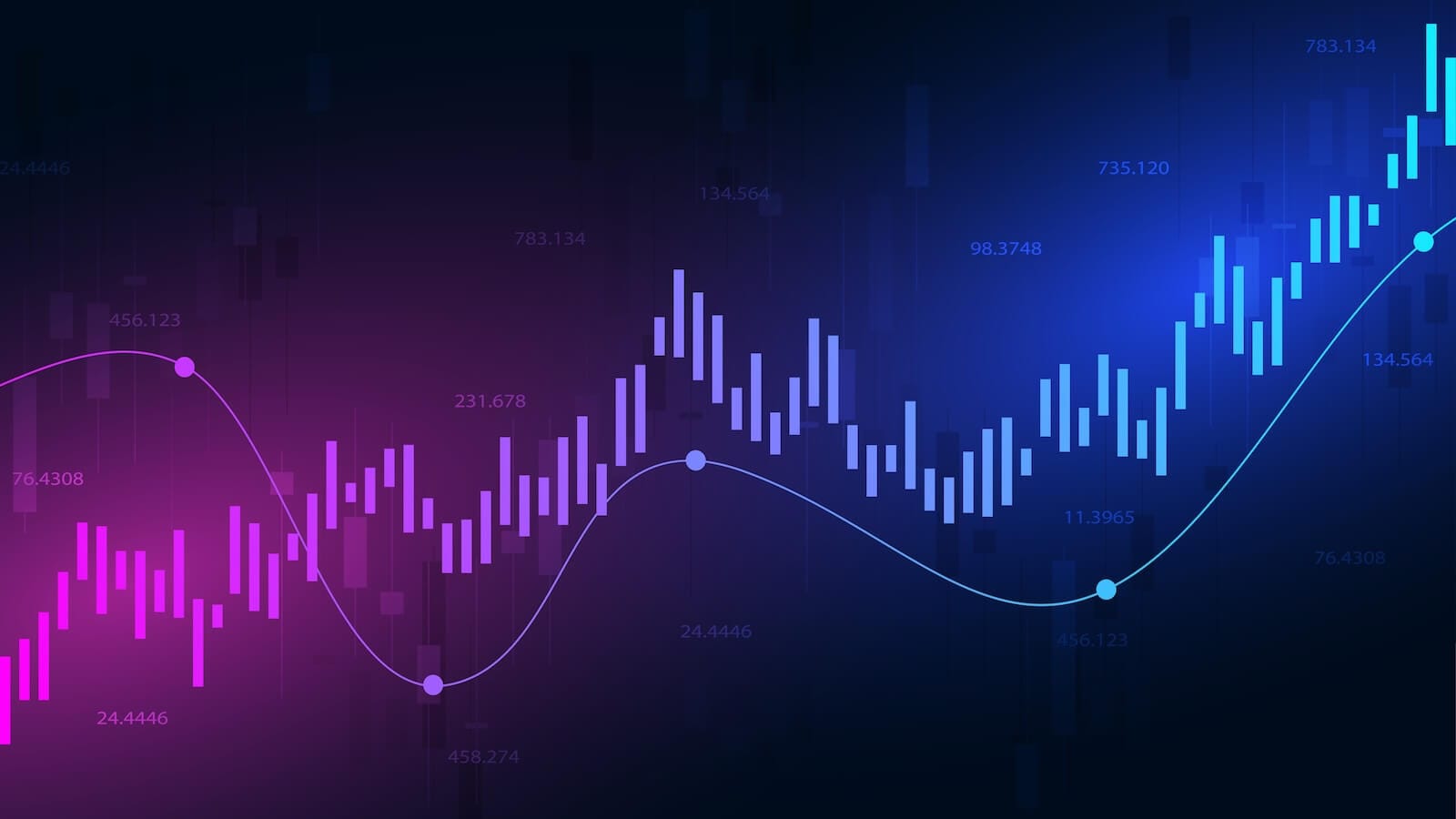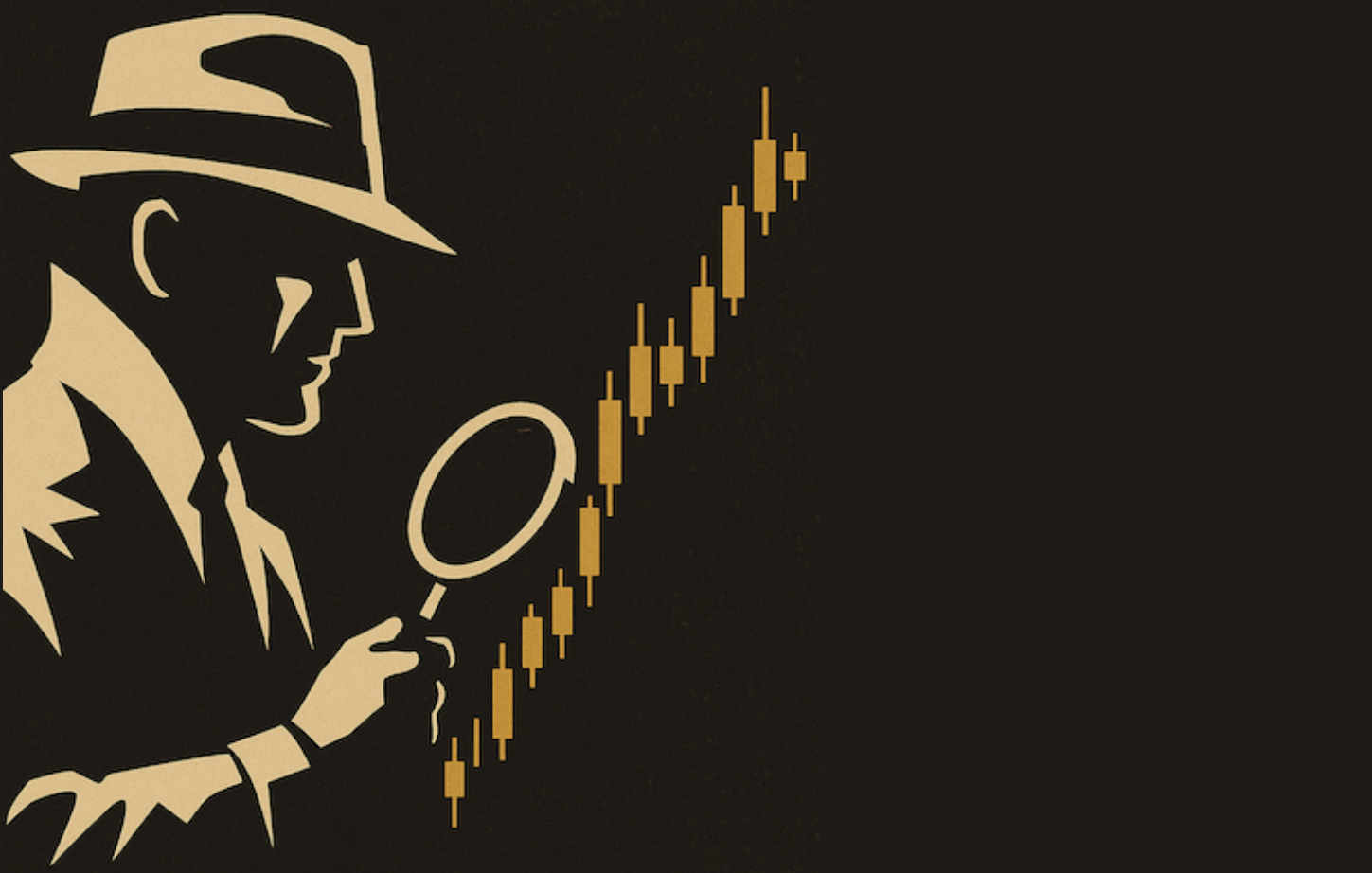THIS TIME THE YIELD CURVE MAY NOT MEAN AS MUCH -- WHY JAPAN IS A GOOD GLOBAL VALUE -- NEW JAPANESE LEADERSHIP MAY BE SIGNALLING SHIFT TO GLOBAL INFLATION
REPEATS OF EARLIER MESSAGES... Yesterday I presented a long-term bullish case for the gold market. Today I'm going to try to do the same for Japan. First of all, I have to remind some newer readers that my bullish attitude on Japan isn't new. I started writing bullish articles back in mid-August when the Nikkei was on the verge of a bullish breakout (August 15, 2005). I followed up with several more after the bullish breakout was achieved later that month. The first article I'm going to review here was written in mid-October entitled "Why Japan is a Good Global Value" (October 11, 2005). I encourage you to read the entire article. The main argument for Japan's global value comes from Chart 1 which compares the Nikkei (orange line) to the S&P 500 (black line) over the last twenty years. After peaking at the end of 1989, the Nikkei fell for the next thirteen years. During those years, other global stock markets (including the U.S.) experienced enormous bull markets. Japan did fall with other markets from the start of 2000 to 2003. However, the 2000-2003 Japanese decline may have been the last downleg in a secular bear market. By contrast, the 2000 peak in the U.S. ended a twenty-year global secular bull market. Global diversification is achieved by investing in foreign markets that are poorly correlated with the U.S. and most other developed markets. Japan has certainly been that since 1990.

Chart 1
NEW JAPANESE LEADERSHIP ... One of the best ways to compare two global markets is by a relative strength ratio. Chart 2 is an updated version of the same ratio shown back in October. It's a ratio of the Nikkei divided by the S&P 500 and it tells a pretty convincing story. The ratio peaked at the end of 1989 and fell until 2003. During those thirteen years, the Japanese market was the weakest developed market in the world. The thirteen-year down trendline was broken, however, at the end of 2003 and is now trading at the highest level since 2000. I'll repeat here what I wrote on October 11: "The ratio has just broken out to the highest level in three years. That tells me that the long-term relationship between the U.S. and Japan is undergoing a major change in favor of Japan. If that's a sign that Japanese deflation is a thing of the past, that should be good for inflation assets like gold, but bad for rate-sensitive assets like bonds. It may also put an end to the global housing boom". The main point of the article was that Japan appears to represent the best global value at this point in time and the best suited to withstand any global selloff over the next few years. The reference to gold, bonds, and housing are inferences drawn from the shift away from Asian deflation which started in 1998 in Japan and which appears to be ending as 2005 draws to a close.

Chart 2
GOLD AND JAPAN ARE RISING TOGETHER ... That headline is taken from a September 29 article entitled: "New Japanese Leadership May be Signaling Shift to Global Inflation" (September 29, 2005). In that earlier piece, I showed gold bullion and Japanese iShares rising together over the last year. This time I'm showing the Gold & Silver (XAU) Index (gold line) versus the EWJ. They're both hitting new highs together. That makes sense if both markets are signalling a shift to global inflation. If that is indeed the case, the five-year boom in housing stocks could also be ending.

Chart 3
ROTATING FROM HOUSING TO GOLD ... Back on September 20, I included the preceding headline (September 20, 2005). My reasoning was that a budding inflationary environment would help gold but hurt housing. That would be especially true if long-term yields started rising. I showed an earlier version of the following chart which plots a ratio of the XAU divided by the Housing Index (HGX). The chart shows the gold/housing ratio breaking a three-year down trendline. That's visual evidence that gold stocks will probably be a better place in the next year than housing stocks. Which brings us to long-term rates and the yield curve.

Chart 4
MORE ON THE YIELD CURVE ... I've been asked to elaborate on the possible implications of a flat or negative yield curve. First an explanation of the dynamic yield curve shown on Stockcharts. Although most economists use the 10-year T-note for long-term rates, they disagree on the correct measure for short-term rates. Most today seem to prefer the two-year yield. As of today, the two-year yield at 4.39% is flat with the 10-year (4.39%). [Earlier in the week, the 2-year traded slightly above the 10-year]. Other economists prefer the yield on the three-month T-bill which is near 4%. It's still below the 10-year. That's why our yield chart hasn't turned negative. A negative yield curve exists when short-term yields move above long-term. Chart 5 is a ratio of the three-month yield divided by the 10-year. That last time it moved over 1.0 (a negative yield curve) was in 2000. I remember writing market messages in the first quarter of that year warning of a possible recession and a bad stock market year. The recession started a year later. The Nasdaq peaked that spring. Not every negative yield curve has resulted in a recession, but the last six recessions were all preceded by a negative yield curve. That's why everyone is paying such close attention to the possibility. Why then does this possible inversion seem different? The answer appears to lie with long-term rates.

Chart 5

Chart 6
LONG-TERM RATES AREN'T RISING ... A lot of economists (including Mr. Greenspan) have suggested that this time is different. Chart 2 may show why. The last yield curve inversion in 2000 was preceded by a year of rising long-term rates (red circle). The Fed started raising short-term rates to head off possible inflation in 1999 resulting from rising energy prices. But long-term rates had already been rising for almost a year prior to the 2000 inversion. A quick study of the last six negative yield curves resulting in recessions shows that both short and long-term rates were rising at the time. The Fed was trying to slow the economy and head off possible damage done by rising bond yields resulting from inflation threats. That's what makes this time different. While short-term rates have been rising since the middle of 2004, long-term rates have stayed relatively flat (green line). No one is sure why. It may have to do with our huge trade deficit which sends dollars overseas which are then re-invested back in our Treasury market. That keeps long-term rates down. Or maybe there are still deflationary forces at work in the global economy. The real threat to the economy (and the market) usually comes from rising bond yields. That isn't the case at present. So while we all follow the yield curve closely, and are aware of potential dangers from an inverted yield curve, no one is sure if it really means that much this time around. Judging from the sharp selloff in stocks earlier in the week, however, it appears that the market isn't in a mood to take any chances.







